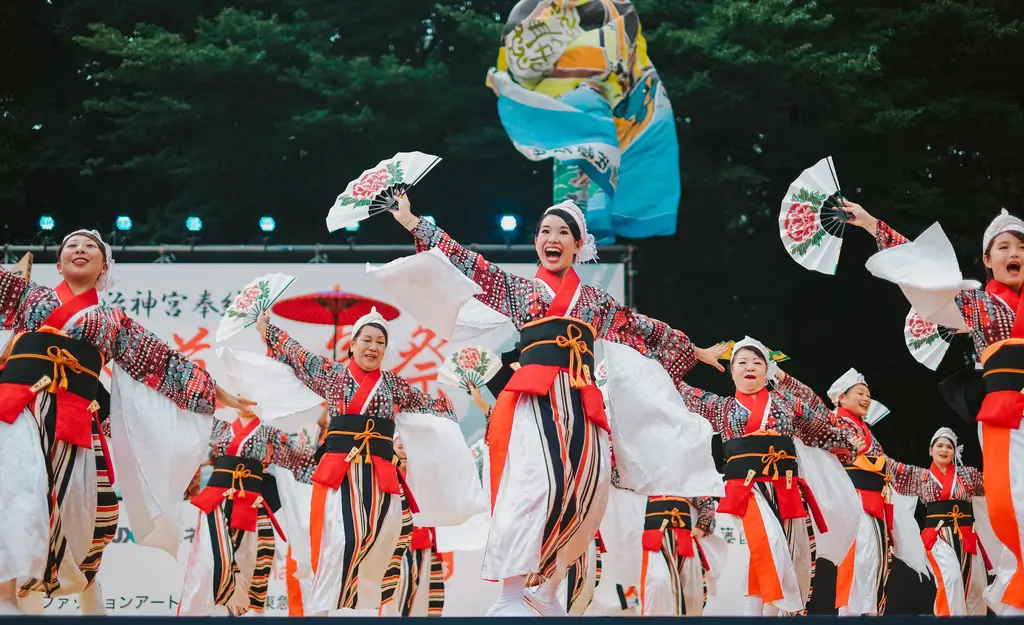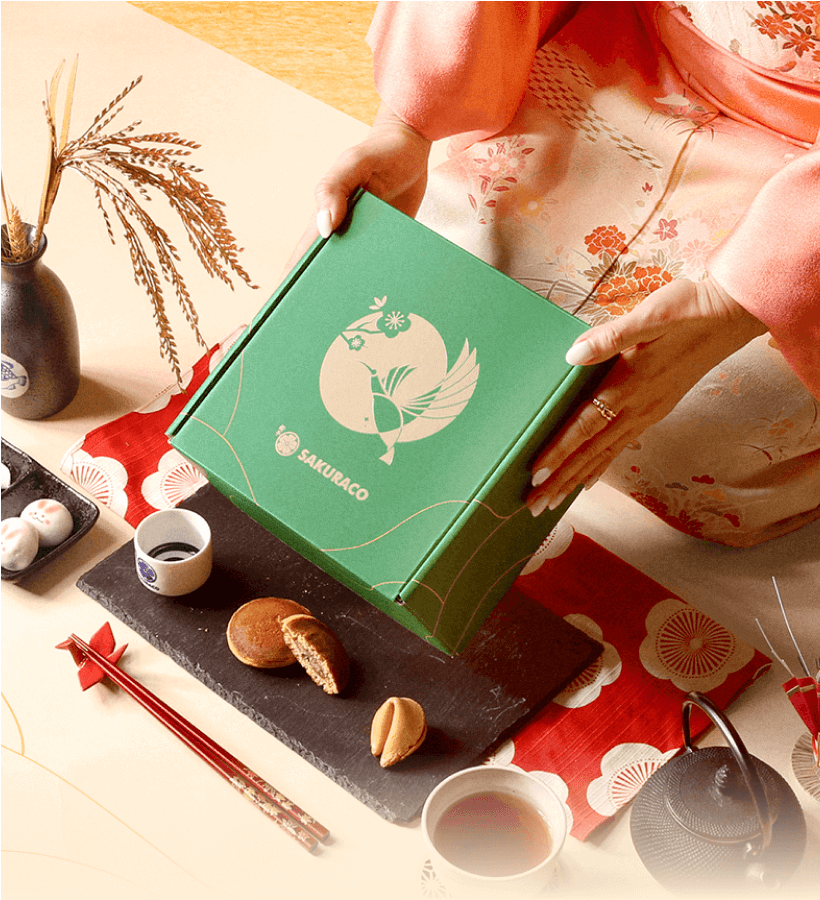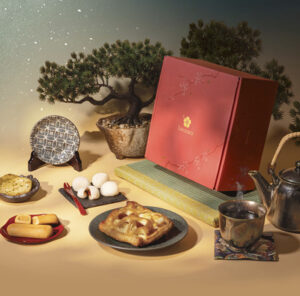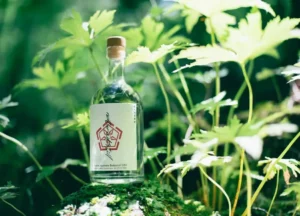Japan’s summer matsuri (festivals) offer an unforgettable mix of history, culture, and excitement. Each event showcases centuries-old traditions in a lively and colorful atmosphere. Visitors can witness massive bonfires, glowing lanterns, grand parades, and thrilling street races. Whether you’re drawn to cultural rituals or high-energy celebrations, Japan’s summer festivals are a must-see experience!
Table of Contents
ToggleGozan Okuribi
Gozan Okuribi is a famous summer matsuri in Kyoto, Japan. It takes place every year on August 16th as part of the Obon festival, which honors the spirits of ancestors. Huge bonfires in the shape of Japanese characters are lit on five mountains surrounding the city. The most famous fire displays the character “大” (Dai), meaning “great.” Thousands gather to watch this spectacular event, believing it helps guide spirits back to the afterlife.
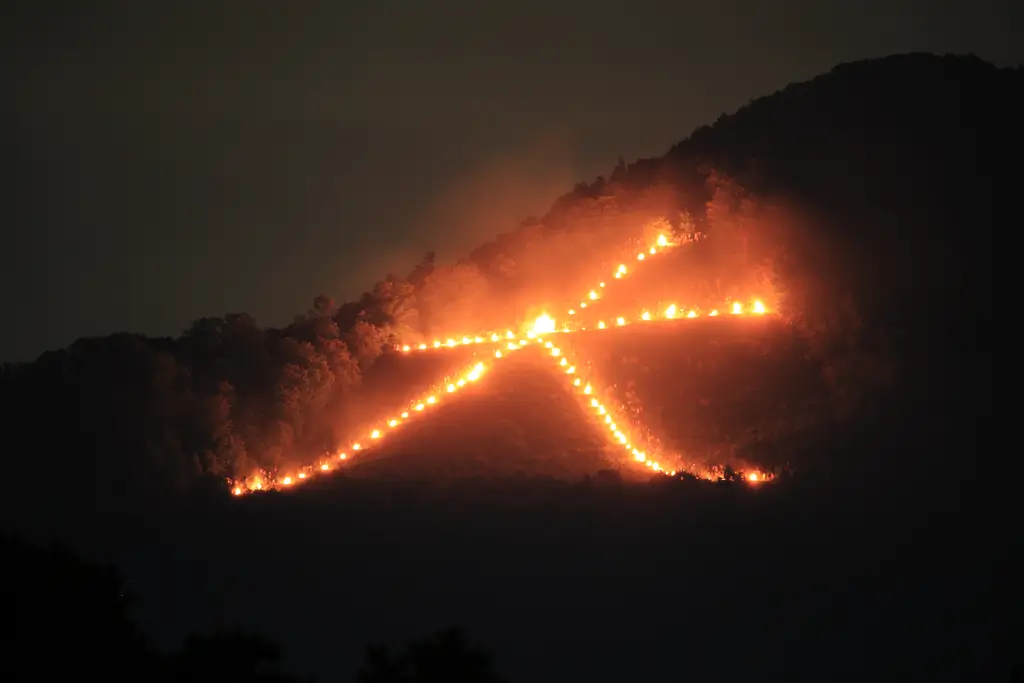
This festival remains one of Kyoto’s most important and interesting summer traditions. The tradition dates back hundreds of years and is a part of Kyoto’s history. Many believe the flames carry messages to ancestors and bring good fortune. The best viewing spots include the Kamo River and high buildings with a clear view of the mountains. Others write prayers on wooden strips, which are burned in hopes their wishes will reach the heavens.
Akita Kantō
Akita Kantō is a famous summer matsuri held in Akita City, Japan, every year from August 3rd to 6th. Performers balance massive bamboo poles called “kantō,” decorated with paper lanterns lit by real candles. The poles can reach up to 12 meters (40 feet) in height, weigh up to 50 kilograms (110 pounds), and resemble stalks of golden rice. The festival serves as a traditional prayer for a bountiful harvest and shows impressive skill and endurance.
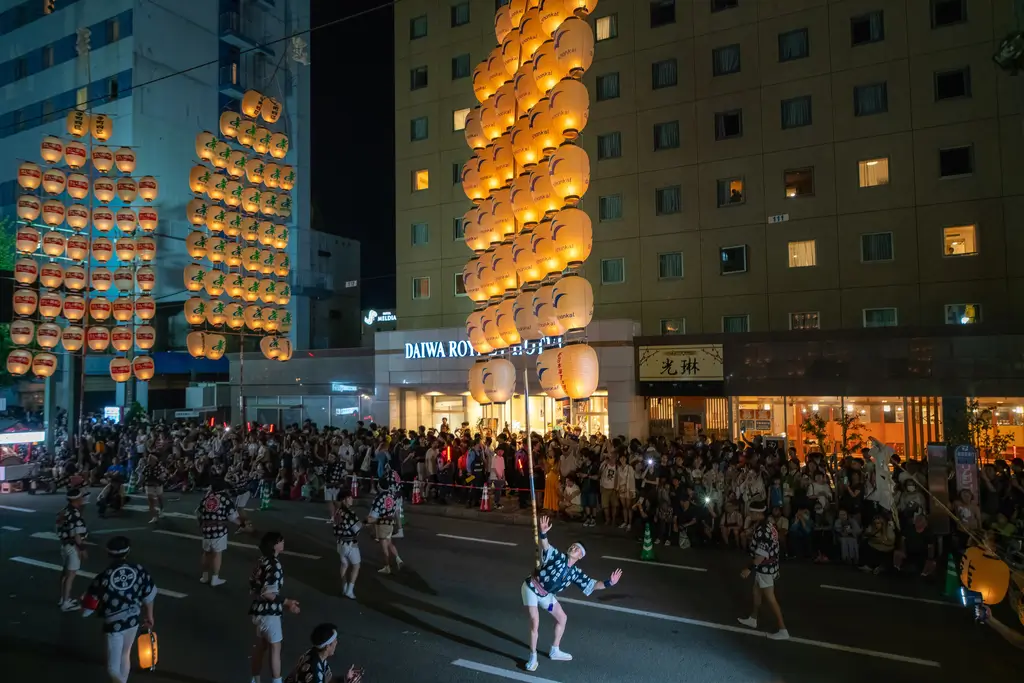
Participants balance the kantō on different parts of their bodies, including their palms, shoulders, foreheads, and lower backs. As the lanterns sway in the night sky, the streets fill with the sound of taiko drums, flutes, and cheers. Around 250 kantō are carried through the streets, creating a scene of glowing lanterns stretching into the night. During the day, visitors can watch practice sessions, try balancing kantō, and interact with performers.
Are you looking for great snacks from traditional makers? Check out Sakuraco! Sakuraco delivers traditional Japanese snacks, teas, and sweets from local Japanese makers directly to your door so you can enjoy the latest treats directly from Japan!
Sendai Tanabata Matsuri
The Sendai Tanabata Matsuri is one of Japan’s most famous summer festivals, held annually from August 6th to 8th in Sendai City, Miyagi Prefecture. Based on the traditional Tanabata legend of two celestial lovers, the festival celebrates wishes and dreams. The city is decorated with thousands of massive, colorful paper streamers. These decorations also symbolize good fortune and are displayed throughout shopping arcades and streets.

The festival features parades, music performances, and lively night markets. One of the highlights is the Tanabata fireworks show on August 5th, which kicks off the celebrations with a dazzling display. Visitors can write wishes on paper strips and hang them on bamboo branches, following the festival’s tradition. The festival draws millions annually, creating a festive atmosphere throughout the city.
Sanno Matsuri
The Sanno Matsuri is one of Tokyo’s most important and historic festivals, held at Hie Shrine in Chiyoda-ku. Dating back to the Edo period, it was one of the few festivals allowed to pass through Edo Castle. The festival occurs mid-June during even-numbered years, alternating with the Kanda Matsuri. Originally, it was people held this event to pray for the safety and prosperity of the city. Moreover, it has deep connections to the Tokugawa shogunate.
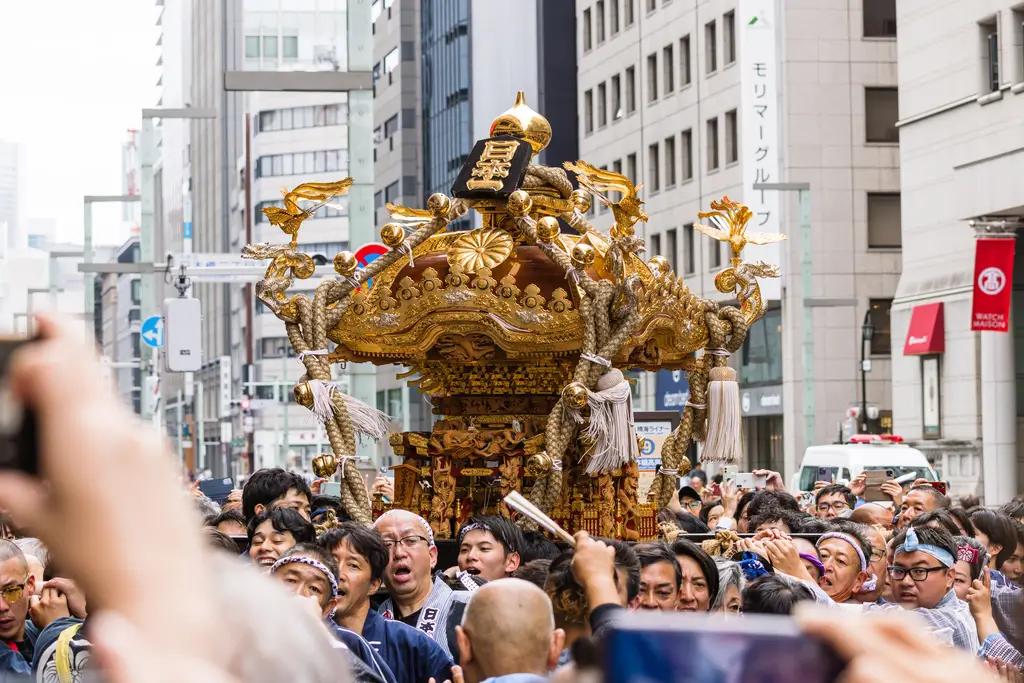
The highlight of the Sanno Matsuri is its grand procession, featuring people dressed in traditional samurai-era clothing. Large mikoshi are carried through the streets, symbolizing the presence of the shrine’s deity. The event also includes traditional music, tea ceremonies, and dance performances. As one of Tokyo’s three great festivals, the Sanno Matsuri continues to draw crowds to experience its rich culture and vibrant atmosphere.
Hakata Gion Yamakasa
Hakata Gion Yamakasa is a thrilling summer matsuri held every July in Fukuoka, Japan. The festival features an intense race, where teams of men carry massive, decorated floats called “yamakasa” through the streets at high speeds. Participants carry these floats on their shoulders, weighing over a ton. The event honors Kushida Shrine and brings protection and good fortune to the city.
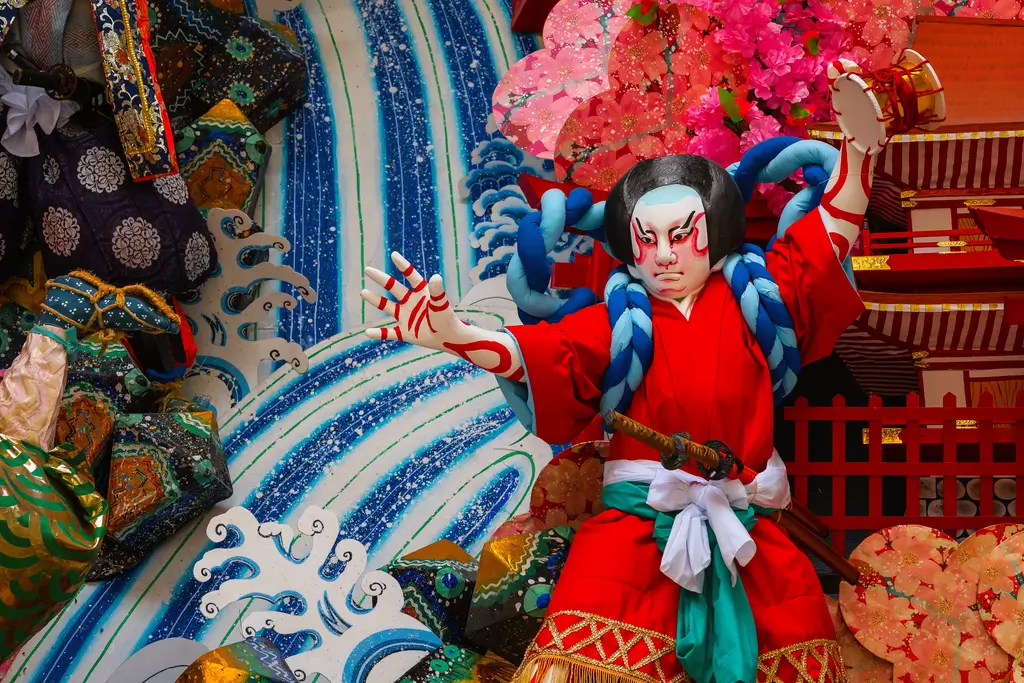
The festival’s origins date back to the Kamakura period (1185-1333) when a Buddhist priest sprinkled holy water to stop a plague. Since then, it has evolved into a grand competition that draws thousands of spectators. The final race, known as the “Oiyama,” takes place on July 15 and is the festival’s highlight. Because of its mix of history, tradition, and adrenaline-pumping action, Hakata Gion Yamakasa remains one of Japan’s most unique and exciting festivals.
Why should I experience these summer matsuri?
Experiencing Japan’s summer matsuri allows you to witness living history in action. Many of these events, such as the Sanno Festival and Gozan Okuribi, date back centuries and preserve ancient customs. Whether balancing lantern-lit poles at Akita Kantō or racing through Fukuoka’s streets with a massive float, you’ll see firsthand the dedication and passion that keep these traditions alive.
In addition to history, these festivals offer an unbeatable cultural atmosphere filled with music, food, and celebration! Street vendors serve delicious local specialties, from festival-exclusive sweets to regional treats! Engaging in traditional activities, like writing wishes on Tanabata strips or watching samurai-era processions, brings a deeper appreciation of Japan’s culture. These summer festivals are the perfect way to feel the heart of Japan! Have you ever been to any of these matsuri? Which one was your favorite? Let us know in the comments below!

